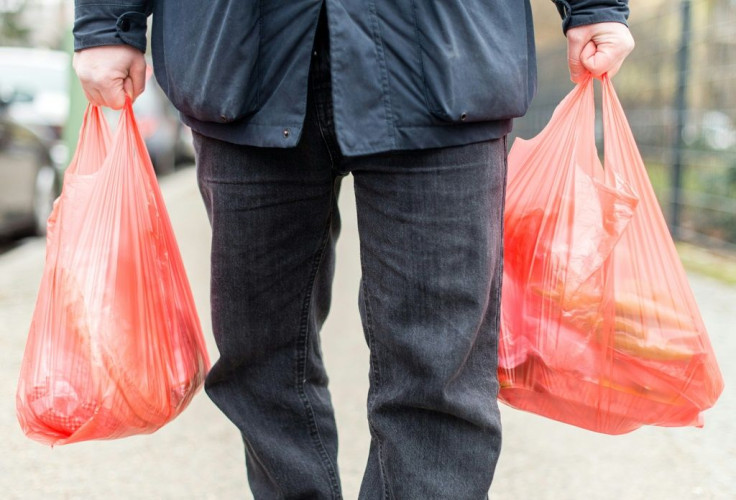Coronavirus Economy: US Savings At Record High, Spending At Record Low In April Amid Pandemic

KEY POINTS
- Spending registered the steepest drop since 1959
- The savings rate was nearly double the previous high set in 1975
- Hopes the high savings rate would propel a record recovery likely are baseless
Consumer spending hit a record low and personal savings hit a record high in April as Americans hunkered down amid the coronavirus pandemic, the Bureau of Economic Analysis reported Friday.
Personal income increased $1.97 trillion or 10.5% for the month as personal consumption expenditures dropped $1.89 trillion or 13.6% -- the steepest drop since 1959. The increase in personal income was largely due to government stimulus checks.
Savings totaled $6.15 trillion and the personal savings rate hit 33%. FactSet said the previous record savings rate was 17.3% set in 1975.
“There is a tremendous uncertainty and virus fear that is lingering, and that is restraining people’s desire to go out and spend as they normally would,” Gregory Daco, chief U.S. economist at Oxford Economics, told CNBC.
Camelia Kuhnen, finance professor at UNC-Kenan Flagler Business School, told the Wall Street Journal people in the hardest hit industries like tourism and retail likely will stay cautious about spending.
“It’s going to probably lead these people to be very, very careful with spending their money,” she said.
More than 40 million Americans have filed initial unemployment claims since mid-March when government-mandated shutdowns paralyzed the economy.
Diane Swonk, chief economist at Grant Thorton, called the surge in savings extraordinary but cautioned it is unlikely to lead to a rapid recovery.
“The primary reason for the rise in the saving rate is the fact that consumers literally had very few places to spend during lockdowns. Efforts by the statistical agencies to account for government aid also exacerbated the rise in saving as it boosted the amount consumers took in, on paper,” she said in an analysis.
She said consumers are unlikely to resume pre-pandemic activities without an effective coronavirus vaccine.
“Another hurdle for spending is baby boomers who were already growing more skittish about spending and apt to save prior to the COVID-19 crisis. They are either near or in retirement and much more protective of their saving than in the past,” Swonk observed, predicting savings rates will stay elevated in the near future.
© Copyright IBTimes 2025. All rights reserved.






















